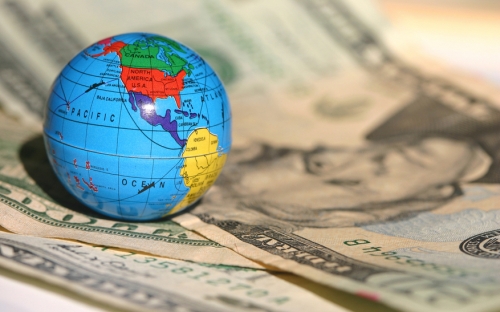 So yesterday was the official publication day for my new book How to Cool the Planet, an event that I’d like to mark by … taking a long nap. I’m only a few days into the book tour, but I’m already exhausted.
So yesterday was the official publication day for my new book How to Cool the Planet, an event that I’d like to mark by … taking a long nap. I’m only a few days into the book tour, but I’m already exhausted.
Not that I’m complaining. Being worn out by your book tour is a nice problem for a writer to have. Part of my fatigue is the result of a bumpy redeye from LA to NYC the other night; part of it can be blamed on a flood of questions from chemtrails conspiracy cultists who believe that Dark Forces are engaged in a secret plot to reduce the population of the planet by poisoning millions of people with aluminum particles dispersed in the sky. I’d like to have a sense of humor about this, but it’s hard enough to have a serious discussion about geoengineering without having to fend off the black helicopter crowd.
I’m not bashing chemmies. I just want to talk about something more interesting: money.
Not surprisingly, the question of what role private capital might play in developing and deploying the hardware to cool off the planet came up at the Fortune Brainstorm Green conference in southern California I attended earlier this week. After all, geoengineering is the mother of all engineering projects. If we move forward with any of the various technologies that are now being discussed (a very big if), there’s gonna be a lot of cash flying around. An obvious question: who will be the financial winners in a geoengineered world?
Here’s my top five:
- Lobbyists: Right now, because geoengineering is not much more than a twinkle in James Lovelock’s eye, nobody on K street is pushing for Department of Energy funding of stratospheric aerosol injection devices. But in the future, they might be. Geoengineering could turn out to be the 21st century equivalent of industrial agriculture … or a government project that has a lot in common with the overwrought, overfunded Star Wars missile defense system. Either way, lobbyists make out.
- Carbon-sucking entrepreneurs: Here’s a simple truth: anyone who figures out a cheap, simple way to suck CO2 out of the air is going to make a lot of money. Not surprisingly, a number of scientists/entrepreneurs are working on it, including David Keith, a physicist at the University of Calgary. Keith’s company, called Carbon Engineering, uses a simple chemical process borrowed from the pulp industry, and has attracted $5 million in funding from investors, including Bill Gates. Right now, the cost of sucking carbon out of the air is up around $150 a ton, but if Keith — or anyone else — can cut that cost in half, things start to get interesting. And when it comes to geoengineering, CO2 removal is the one area where the profit motive is clearly lined up with the public good.
- Early investors in albedo engineering companies: Manipulating the earth’s albedo (a fancy word for reflectivity) by brightening clouds or injecting particles into the stratosphere is the most dangerous and complex type of geoengineering researchers are currently exploring. Among the many questions: Who is going to end up doing the actual work of brightening clouds or injecting aerosols? Maybe governments will be in charge, maybe a Richard Branson-like billionaire. Either way, the hardware is likely to be built by private contractors, just as the fighter planes used by the U.S. Air Force are built by private concerns like Lockheed Martin — a company with a market cap right now of about $32 billion.
- Geoengineering conference organizers: The whole idea of geoengineering is so fraught with technical, political, moral, and cultural complexities that, no matter how the future of geoengineering plays out, there are going to be plenty of issues to fret about. So we may as well gather up and fret together, even if we have to pay for the privilege.
- Fundamentalist preachers: I’m not suggesting that religious leaders are motivated by money (or sex). However, if we start trying to deliberately manipulate the earth’s climate, you can be sure that some will see this as trespassing into forbidden realms, and they will raise their voices against it. Imagine the war over abortion played out in the stratosphere and you’ll have a pretty good idea where we might be headed.
—–
Editor’s note: This is the third in a series of posts from Jeff Goodell, author of How to Cool the Planet: Geoengineering and the Audacious Quest to Fix Earth’s Climate. Here’s his first and second posts. And here’s an interview with Goodell about his book, and an earlier interview about Big Coal.


